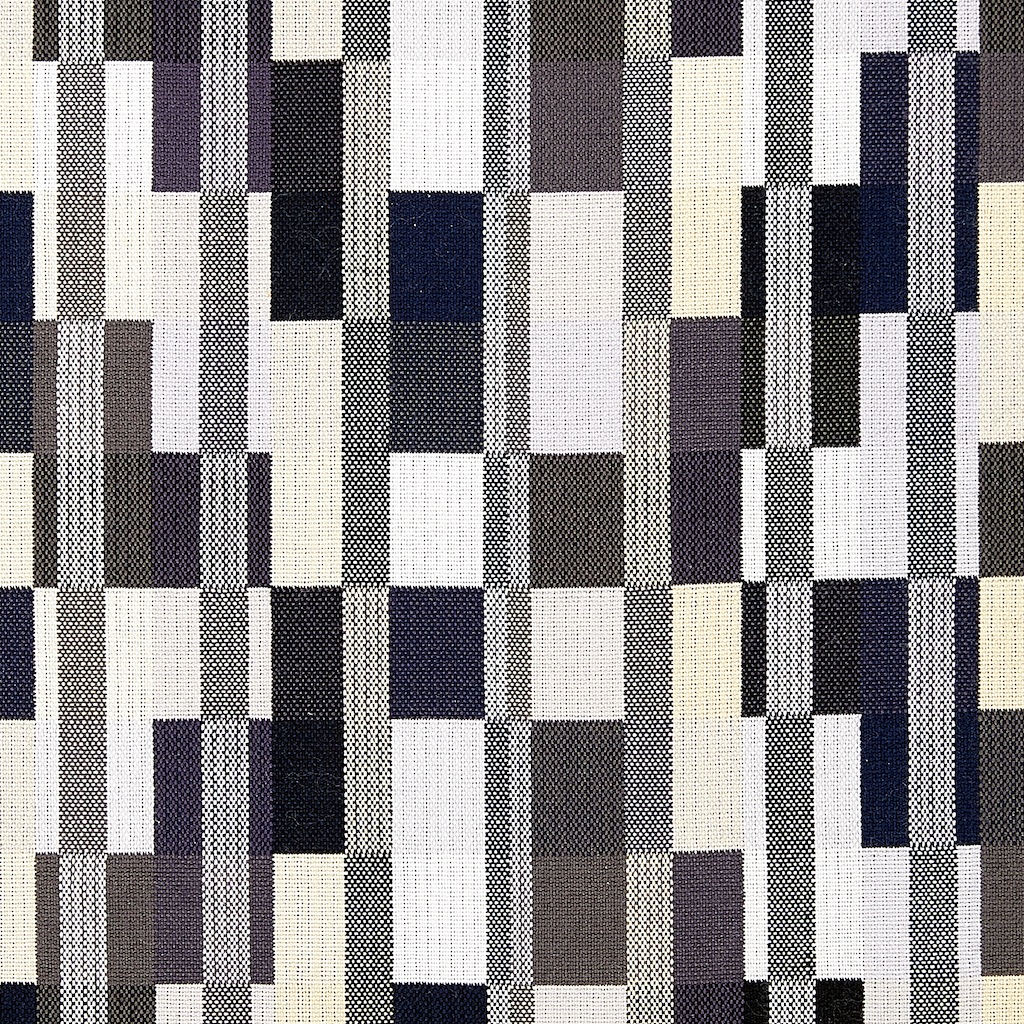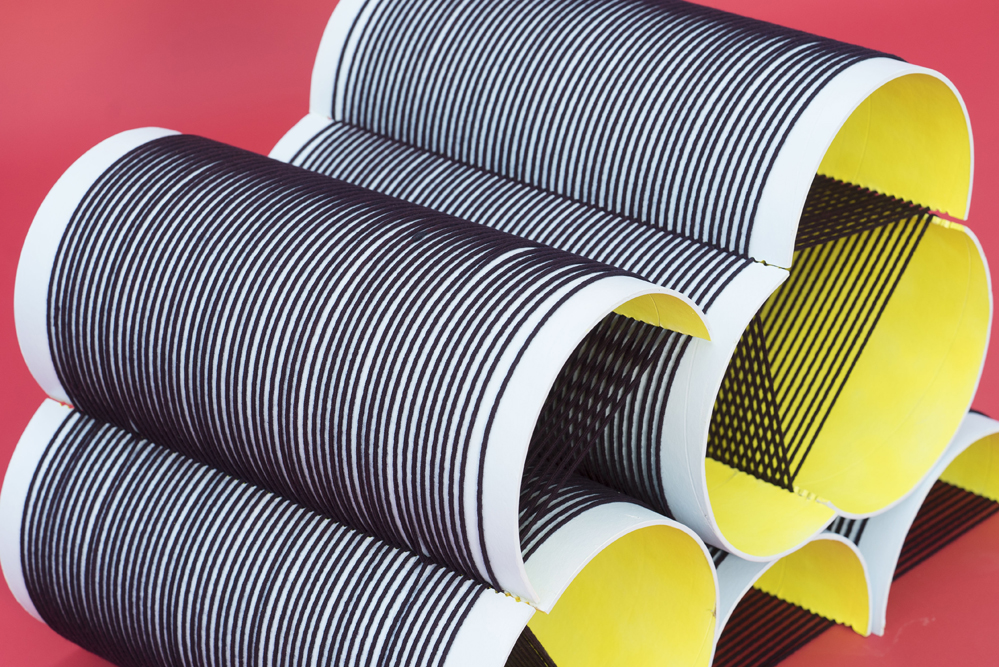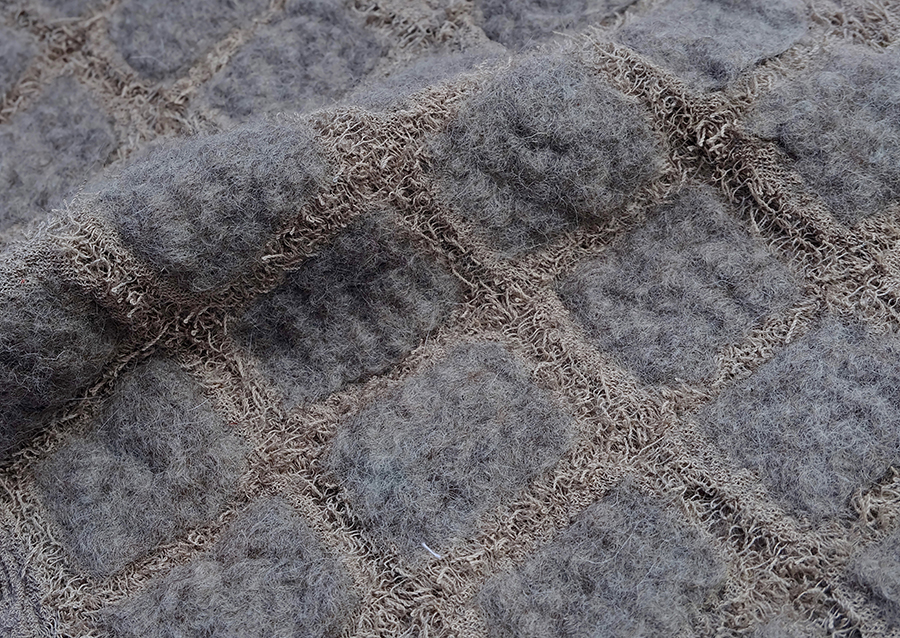 SOAS is hosting an exquisite exhibition at their Brunei Gallery of African Textiles from the Karun Thakar Collection, arguably one of the world’s largest private collections of African textiles. Featuring high quality material, that highlights the sophistication of historical African textiles art and design, which have been little understood and appreciated, the exhibition will examine the links between west and north African textile traditions through a selection of important and rare examples of textile art, being shown here for the first time.
SOAS is hosting an exquisite exhibition at their Brunei Gallery of African Textiles from the Karun Thakar Collection, arguably one of the world’s largest private collections of African textiles. Featuring high quality material, that highlights the sophistication of historical African textiles art and design, which have been little understood and appreciated, the exhibition will examine the links between west and north African textile traditions through a selection of important and rare examples of textile art, being shown here for the first time.
The exhibition includes a selection of over 150 exhibits and textiles from west and north Africa including Morocco, Tunisia, Ivory Coast, Mali, Sierra Leone, Nigeria, Ghana and Cameroon.
Further details on the Karun Collection can be found by visiting http://www.karuncollection.com/ follow on Instagram @karuncollection and more of the African Textiles Collection can be seen in the book ‘African Textiles’ published by Prestel, 2015.
Closing Date: Dec 14th 2019 5.00pm
Exhibition supported by:Â HALI Magazine

Text: taken from SOAS.Photograph:Philippa Brock










